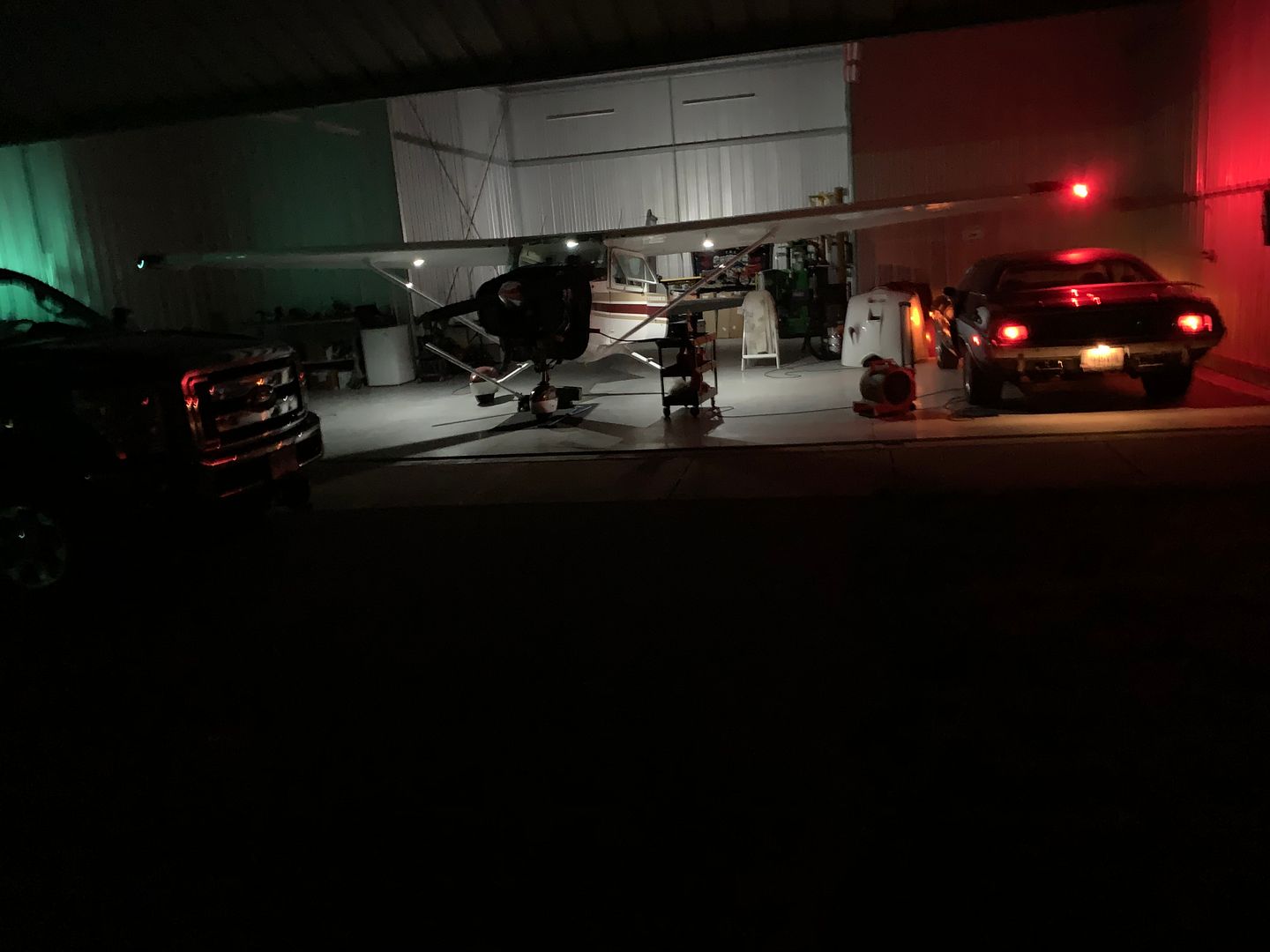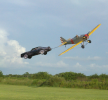To add to the above:
1) Be sure to make an effort to know the reason for the dead/low battery. If it is unexpected, take the time to look over the electrical system to make sure there is no obvious fault. Adding a fresh inrush of current to a simple fault can lead to a greater fault.
2) If your aircraft is not set up to accept an external power plug (EPU), then install one if you want this capability. Jumping direct to the aircraft battery is not the preferred method and can cause other issues with some systems.
3) If your aircraft does have an EPU plug verify it is wired to provide start assist. Also keep in mind if your battery is completely dead it may not have enough left to pull the master relay closed once started unless the aircraft system is wired to accomplish this via the EPU voltage.
4) Its best to remove the battery from the vehicle to jump the aircraft. Not only will this keep the vehicle away from the aircraft but also reduce the chance of the vehicle hitting the aircraft as it pulls away. Trust me.
5) Do not even think about a jump if you need to remove the engine cowling to access the battery.
6) And with the availability of reasonably priced jump packs for vehicles, better option is to buy one for your truck and plane and make/purchase adapter to plug into the aircraft EPU plug.




